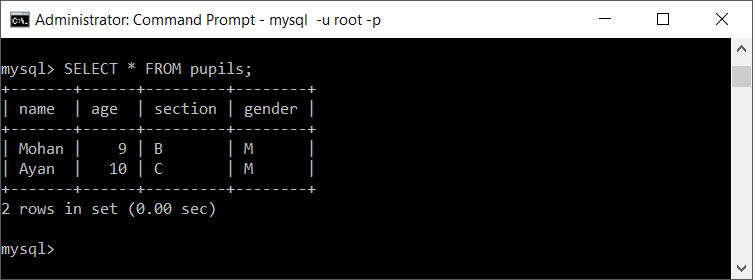

(In particular, it can't know for sure that the result is TRUE.) For SQL the NULL value means "Unknown" and if it's unknown, SQL cannot assume that it knows for sure what their result will be.

Will select all rows except those with NULL place. As strange as this might seem, the query SELECT * The grouping looks like this:Īustria | 2011-12 | Gregor Schlierenzauer | 2Ī reminder: In the WHERE condition no two NULLs are considered equal. Rows with the same country and the same season are put into one group. You can group rows by more than one column.įor example, if you want to find out how many medals each country got in each season, your query would look like this: SELECT country, season, count(*) In the example the database counts the number of rows in each group. With GROUP BY the aggregates (count, sum, avg, min, max, and others) are computed for each separately. Here is the grouping that we get for this query: country | person | season | place So using our example, medalists from Poland are put into one group, medalists from Germany are put into another group and so on. Rows with the same GROUP BY column (country in the example) are put into one group. With the GROUP BY query the database divides data into groups. Here, the WHERE clause is missing, so it's right after FROM. The GROUP BY clause comes right after the WHERE clause in SQL query. If I wanted to find out the number of medals for each country, I could ask six similar queries. If I wanted to find out the number of medals for Germany, I would have to issue this query: SELECT count(*) I want to find out how many medals Poland got: SELECT count(*) Here we have table medals with Ski Jumping World Cup medalists for the last four seasons.


 0 kommentar(er)
0 kommentar(er)
